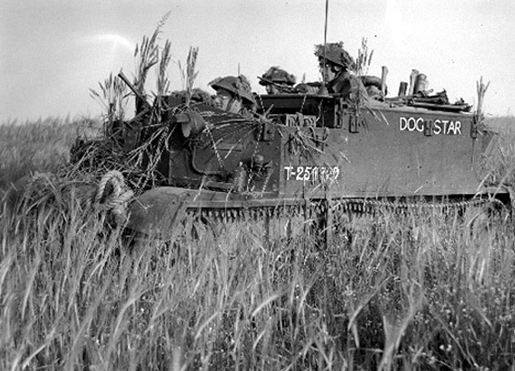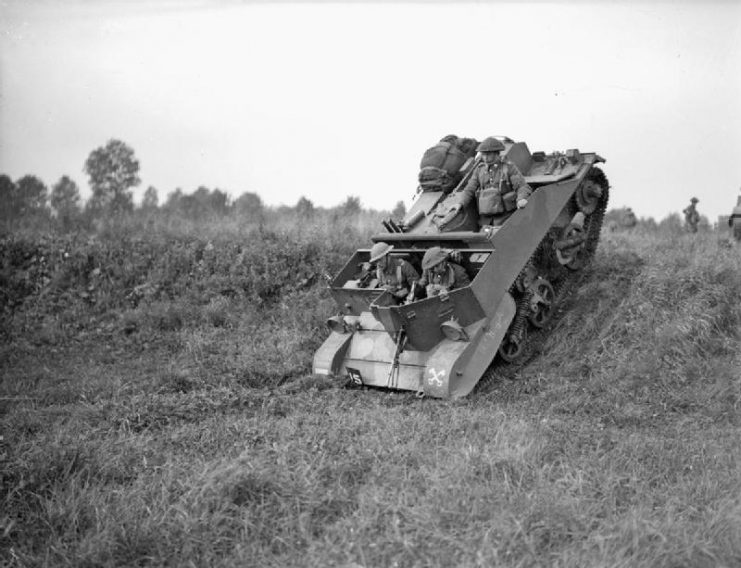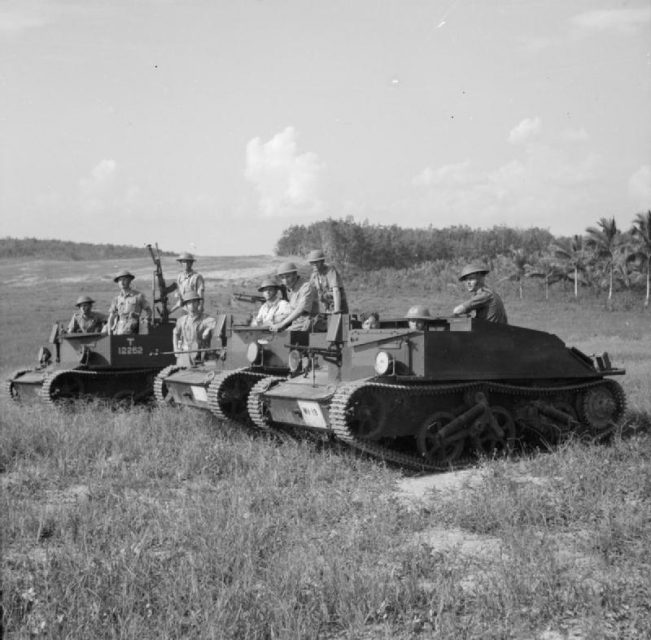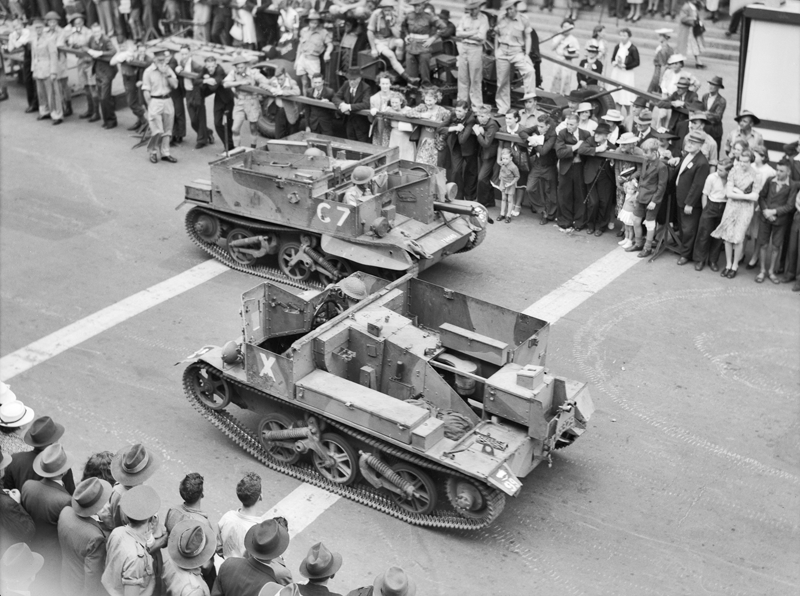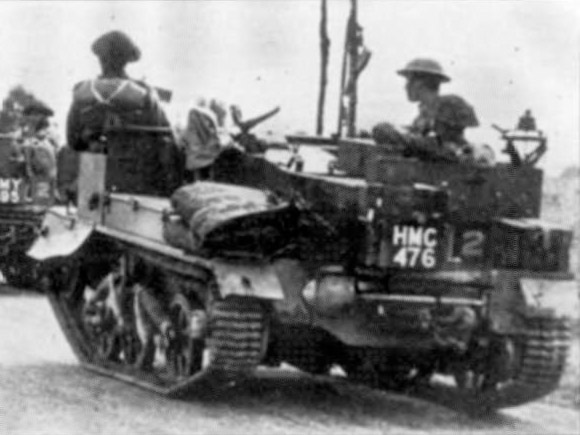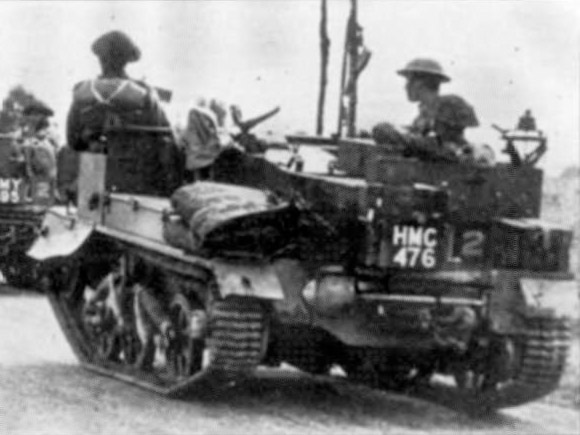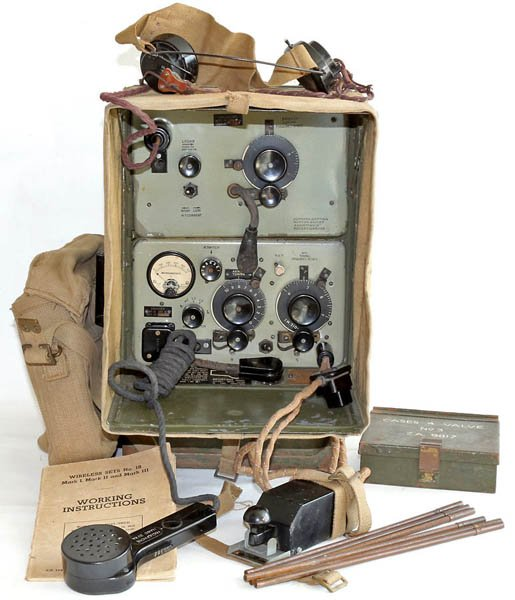
The Churchill Tank in Normandy: Part One 40-44
Ratty Relic or Bocage Buster?
How did it go from a hated, atrocious POS tank worthy only of the scrapheap to a reliable, trustworthy, survivable and popular gun tank in action?
Another pertinent tale. /1
#WW2 #SWW #History
Ratty Relic or Bocage Buster?
How did it go from a hated, atrocious POS tank worthy only of the scrapheap to a reliable, trustworthy, survivable and popular gun tank in action?
Another pertinent tale. /1
#WW2 #SWW #History
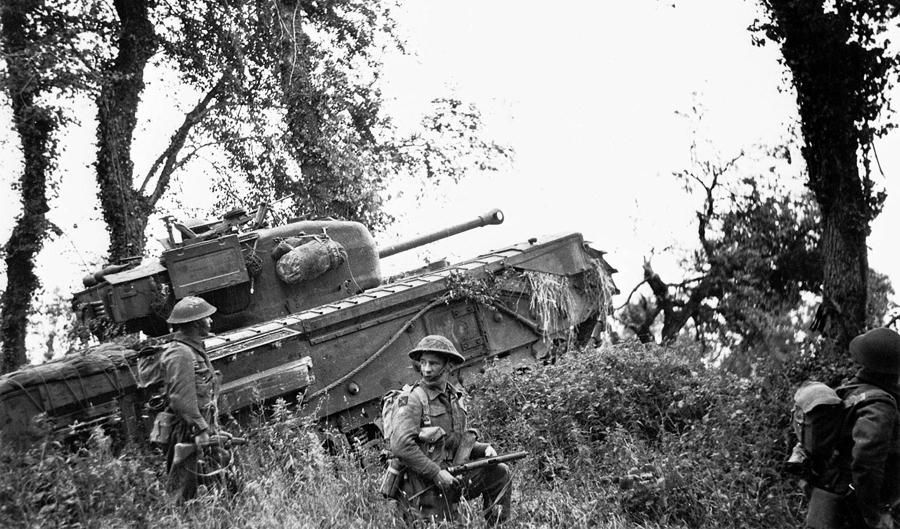
At 38 tons the Churchill was clearly a beast but a manageable one, given concerns about railway loading gauge had informed development (even then you still had to remove the side air louvres for rail tpt).
As always, compromise & industrial limitations underpinned design. /2
As always, compromise & industrial limitations underpinned design. /2
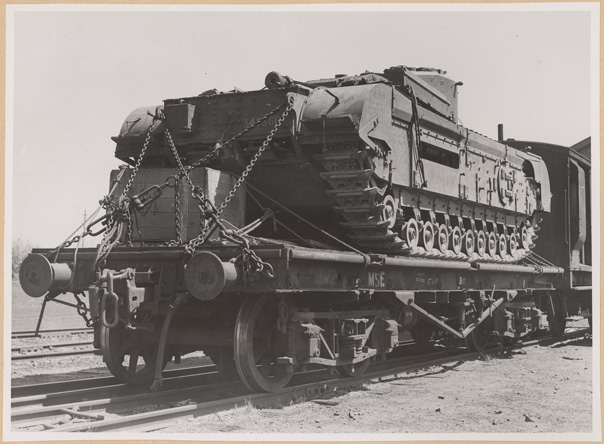
Early Mk I and Mk II were respectively armed with a 2 Pounder with coaxial Besa in the turret but with differing hull armament, I - 3" howitzer, II - Besa machine gun.
88.9mm of front armour provided excellent protection for the five man crew, and WS No. 19 provided comms. /3
88.9mm of front armour provided excellent protection for the five man crew, and WS No. 19 provided comms. /3
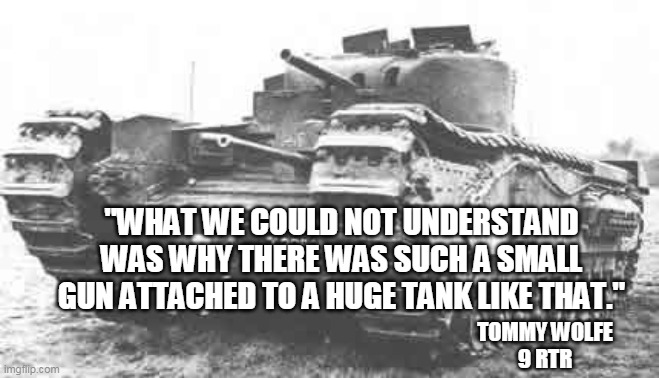
Other than being undergunned another problem was, they didn't work very well.
But why?
It call comes back to, you guessed it, June 1940 - at the height of that invasion-scare summer.
AFV cupboards were bare so the initial models were raced into production in June 1940... /4
But why?
It call comes back to, you guessed it, June 1940 - at the height of that invasion-scare summer.
AFV cupboards were bare so the initial models were raced into production in June 1940... /4
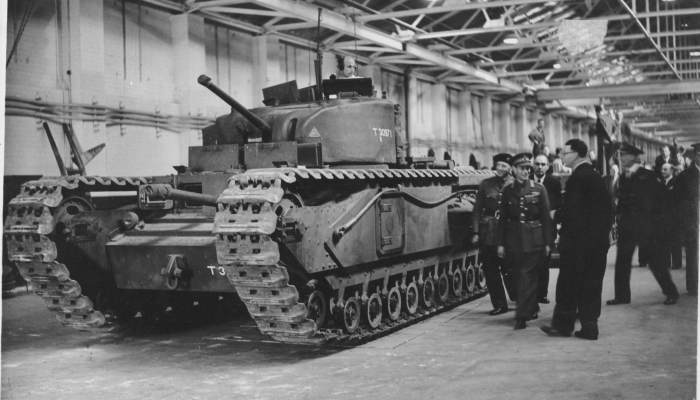
there wasn't time for proper prototyping or accompanying development as the imperative to have ANY gun tank pushed Vauxhall to the limit in the race to get SOMETHING, ANYTHING into the field.
9 RTR probably enjoyed the dubious honour of the first Churchill deliveries. /5
9 RTR probably enjoyed the dubious honour of the first Churchill deliveries. /5
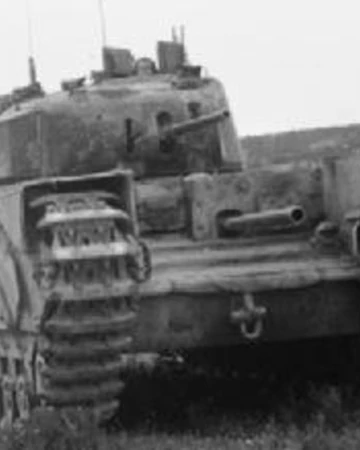
They discovered an AFV deeply riddled and persistent severe mechanical faults, to the extent that after the crisis period had effectively passed that in January 1942 the project was nearly canned.
42% of Churchills off the road
Up to 75% breaking down on average Ex /6
42% of Churchills off the road
Up to 75% breaking down on average Ex /6

Problems were compounded by inexperience and new inexperienced fitters doing everything by the manual, quite literally, leading to over-maintenance and critical mechanical failure on a regimental level.
Broken Churchills littered camps, ranges and the British countryside. /7
Broken Churchills littered camps, ranges and the British countryside. /7
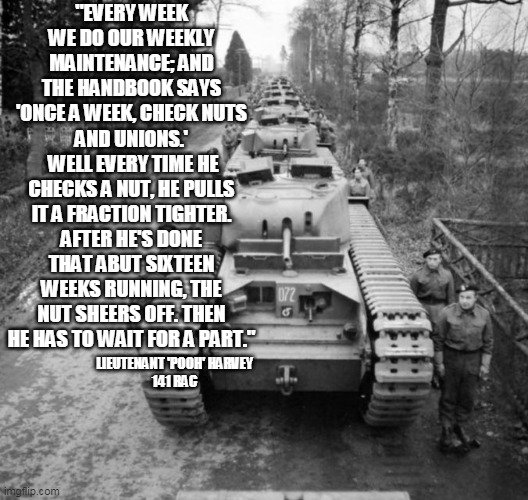
In April 1942, Churchill and Paget viewed a regiment of Churchills from 31 Tank Brigade in action.
Well, sorta, to try and get numbers together Brigadier T.R. Price saw 31 Tank Brigade scrounge almost every working tank to pull a composite regiment together for the demo. /8
Well, sorta, to try and get numbers together Brigadier T.R. Price saw 31 Tank Brigade scrounge almost every working tank to pull a composite regiment together for the demo. /8

The whole affair bit Price even more when paget complimented him on, "the arrangement and the performance and maintenance of the tanks."
But there was a flip side that paid off down the road. Vauxhall and the Army spent over a year dedicating themselves to the Churchill. /9
But there was a flip side that paid off down the road. Vauxhall and the Army spent over a year dedicating themselves to the Churchill. /9

Very early on Vauxhall sent letters to units, advising it was still a tank very much under development and imploring them to work together.
This earned a lot of good will.
As did frequent exchanges of army personnel (on extra pay) to work with Vauxhall staff in Luton. /10
This earned a lot of good will.
As did frequent exchanges of army personnel (on extra pay) to work with Vauxhall staff in Luton. /10
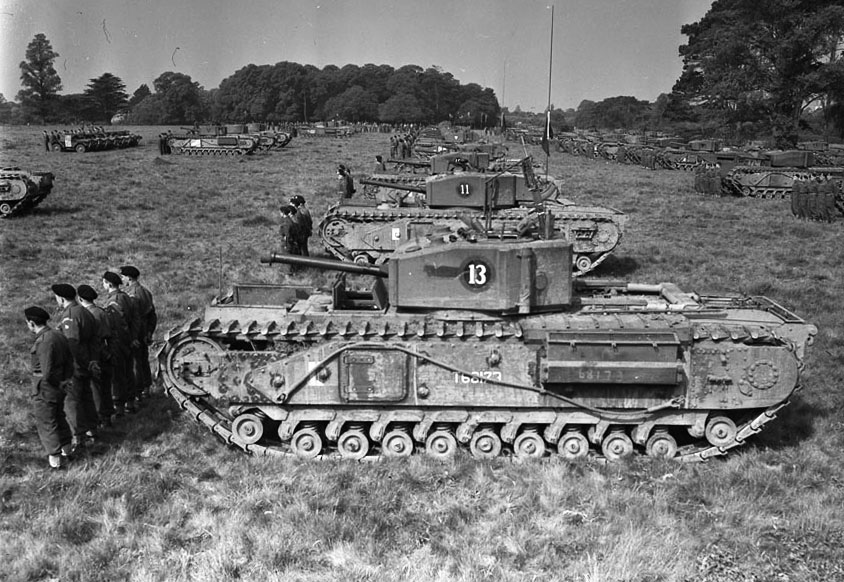
Collaboration, honest feedback & development paid off & it was becoming apparent that the Churchill wasn't a complete lemming.
Fitters got better. Parts improved. Design improved.
By May 1942 deliberations as to a wholesale Rework scheme continued and gained the green light./11
Fitters got better. Parts improved. Design improved.
By May 1942 deliberations as to a wholesale Rework scheme continued and gained the green light./11
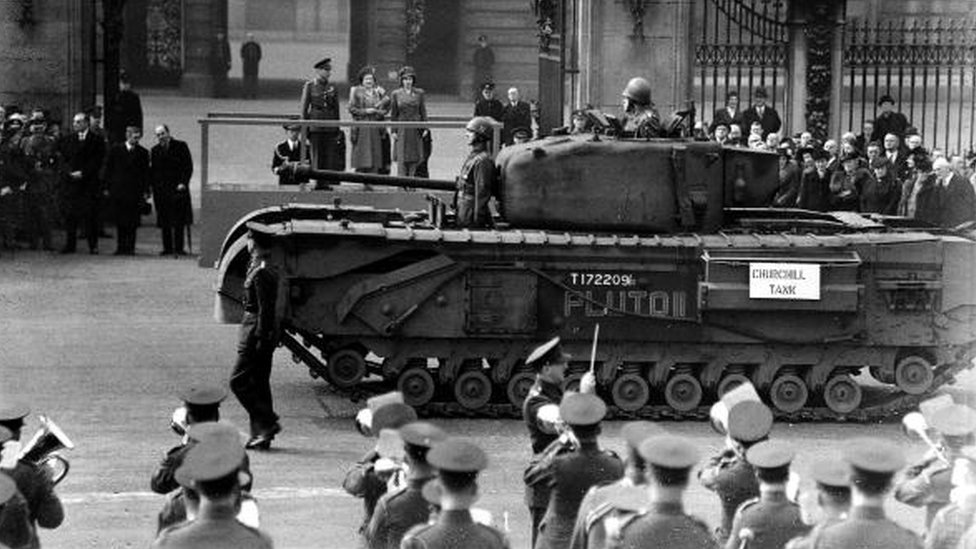
Instead of scrapping the cantankerous Churchill project, Vauxhall and the Army elected to make them, in the words of the Director of Tank Design, "mechanically reliable and in every way battle ready."
Through near-nut and bolt factory rebuilds the Churchill was revitalised. /12
Through near-nut and bolt factory rebuilds the Churchill was revitalised. /12
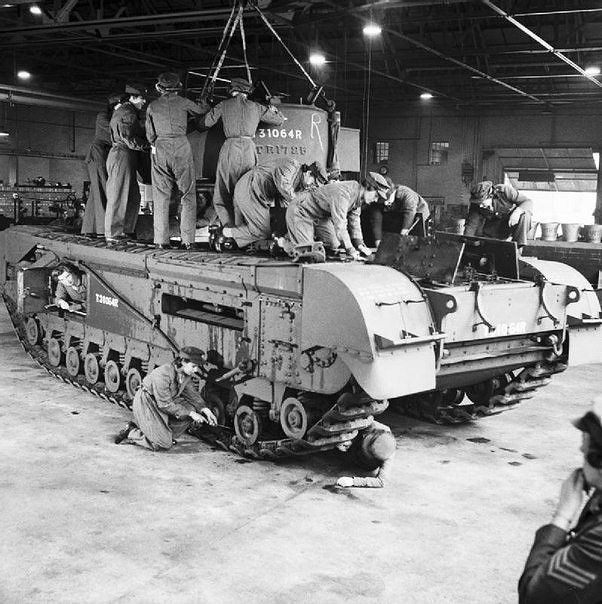
Reworked vehicles gained the R suffix after their T number & soon a new reputation as a dependable, reliable tank was being earned.
In many ways the Rework Scheme was the start of a long road into '44.
Army/civilian staff continually liaised & attended technical conferences./13
In many ways the Rework Scheme was the start of a long road into '44.
Army/civilian staff continually liaised & attended technical conferences./13
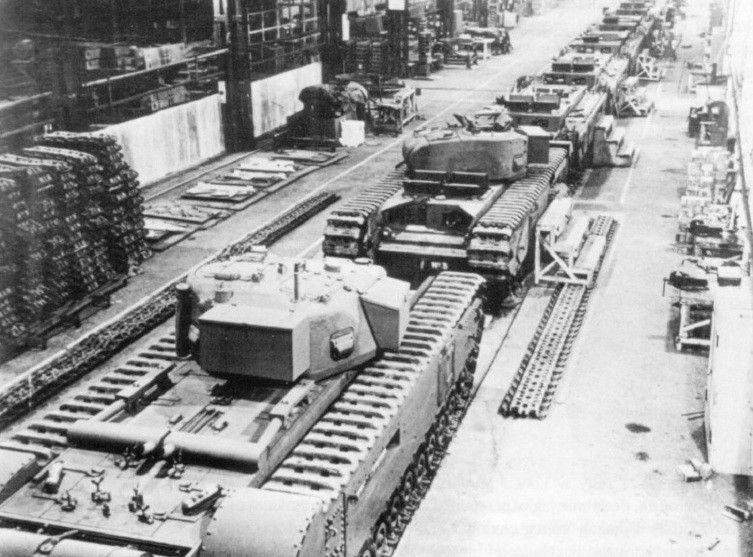
Over the course of 1943 to 1944 even reworked Churchills underwent even more additional mods in preparation for Overlord, wrapping up in early May '44 when the last 'Flying Squads' from Vauxhall arrived to give all Churchills a once over. /14 
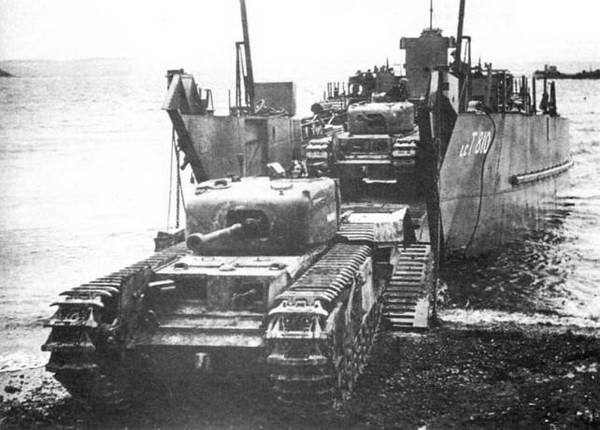
These modifications could vary down to the brigade or regimental level, allowing the majority of tanks to be identified to a brigade or regiment.*
*Restorers take serious note here... those 'post-war mods' may not be so, and factory spec is the death of reliable Churchills. /15
*Restorers take serious note here... those 'post-war mods' may not be so, and factory spec is the death of reliable Churchills. /15

Such a steady if tricky development process saw fitters and crews develop an intrinsic eye for their vehicles, building astonishing technical expertise.
It's as much a story exploring the Army's professionalisation of conscripts and recruits as industrial development. /16
It's as much a story exploring the Army's professionalisation of conscripts and recruits as industrial development. /16
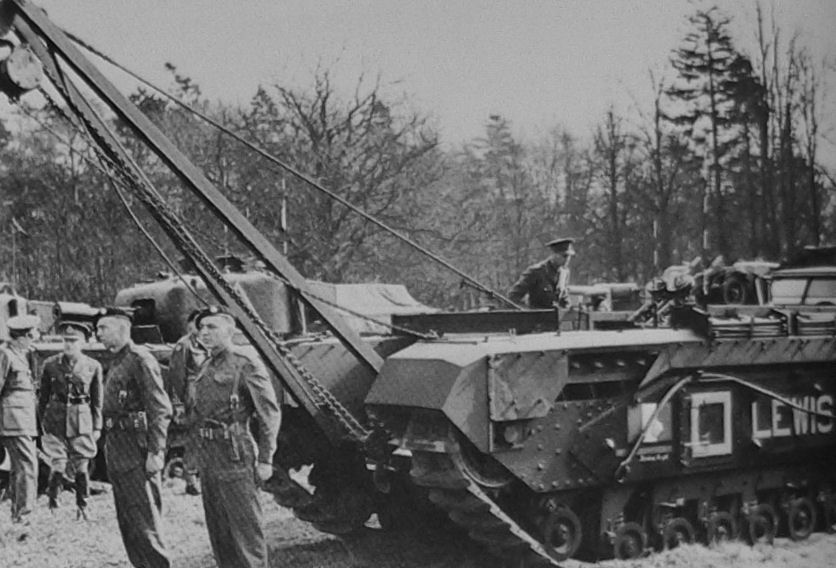
So by June '44, we have Churchills easily able to achieve 250 - 300 miles between major service, with some ultimately slogging on for much, much longer in the coming campaign.
Crews had become deeply knowledgeable and had faith in their mounts and their fitters. /17
Crews had become deeply knowledgeable and had faith in their mounts and their fitters. /17
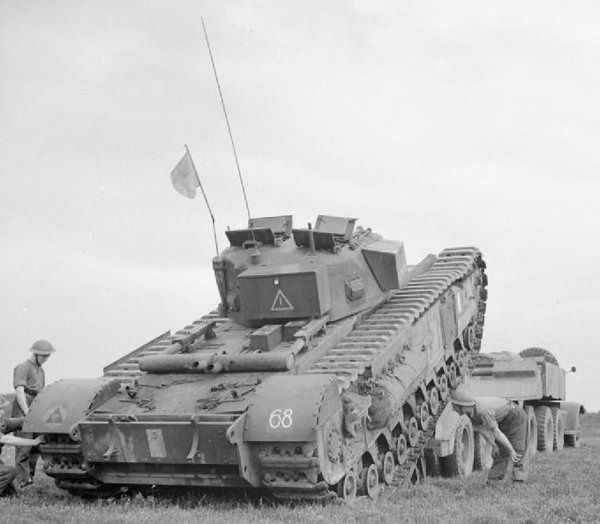
By 1944 the 2 Pounder had long had it's day, and even the 6 pounder was no longer quite so desired.
A 95mm howitzer was originally mounted to create the Churchill V, aimed to make up for the 6 pdr's HE deficiency but the new dual purpose 75mm gun was regarded as preferable. /18
A 95mm howitzer was originally mounted to create the Churchill V, aimed to make up for the 6 pdr's HE deficiency but the new dual purpose 75mm gun was regarded as preferable. /18
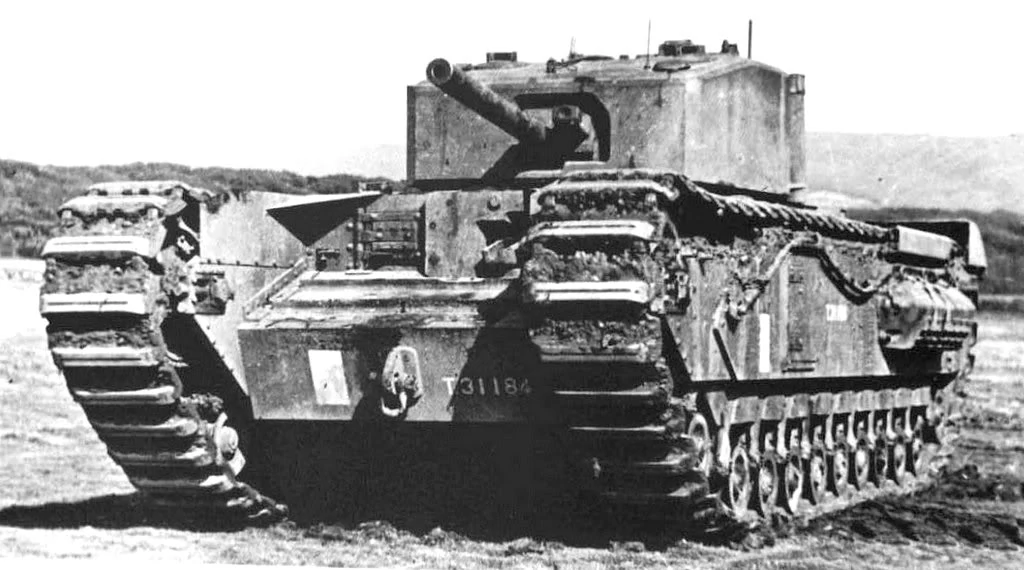
95mm armed Churchill V would be shunted to Squadron Headquarters, while the majority of tank regiments would embrace a three tank troop structure - two with 75mm & one with 6 Pdr.
This rounded capability so each troop could engage dug in targets and armour with relative ease./19
This rounded capability so each troop could engage dug in targets and armour with relative ease./19
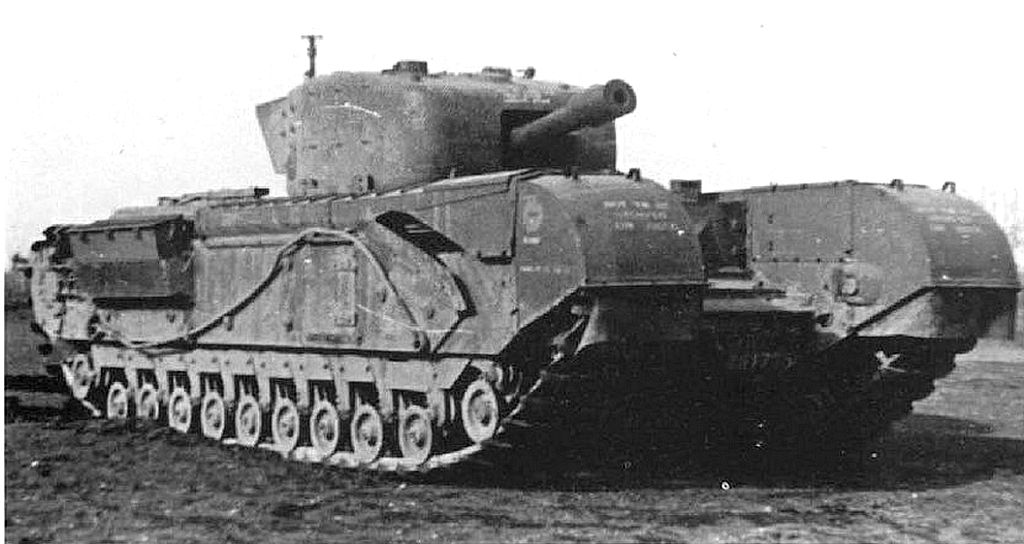
Brand new ARV (All Round Vision) cupolas began entering service in 44 and were retrofitted to some tanks in the run up, as were vane sights to improve delivery of indirect fire.
Crews learned the 6 pounder armed tanks would hunt armoured quarries whilst 75mms laid HE & smoke./20
Crews learned the 6 pounder armed tanks would hunt armoured quarries whilst 75mms laid HE & smoke./20
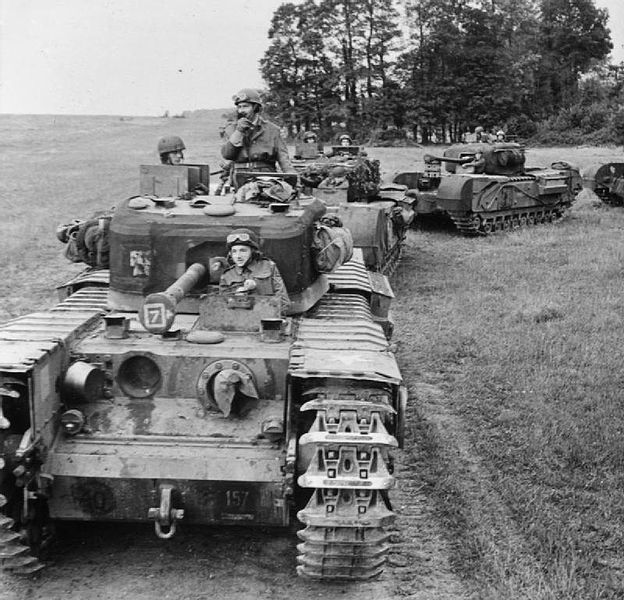
Despite being technically skilled with their vehicles, and developing tight knit teams - many crews, troops, squadrons and regiments were rather green into 1943 thanks to the ill-fated Mixed Division experiment, which all too often saw them used to train infantry. /21 

By '44 this had changed but a new pivotal row was gripping Independent Tank Brigades, how to be used in action.
Were Independent Armoured (w. Shermans) and Tank (w. Churchills) Brigades to be used in the same manner as Monty contended, or did they require different doctrine? /22
Were Independent Armoured (w. Shermans) and Tank (w. Churchills) Brigades to be used in the same manner as Monty contended, or did they require different doctrine? /22

We'll look at training, doctrine, structure, tactics and some Normandy action in Part Two...* /thread
*Random fact, early sets of Churchill tracks actively put so much stress on the tank they effectively shook it apart over time.
*Random fact, early sets of Churchill tracks actively put so much stress on the tank they effectively shook it apart over time.
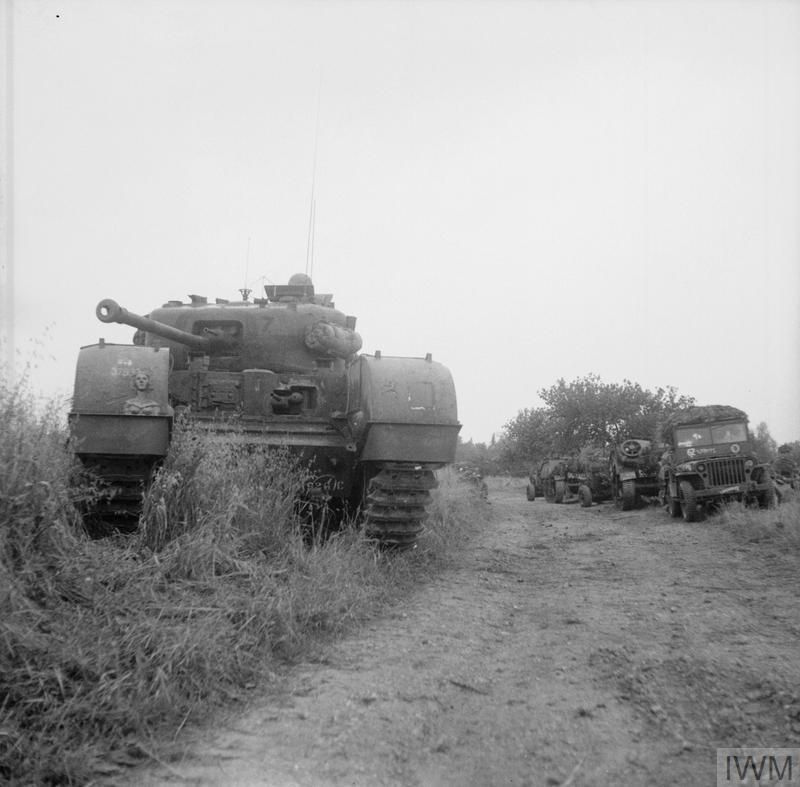
*There will probably a little bit looking at North Africa & Tunisia/Italy as well...
As one or two lil' bits filter back, notably Norris King but his story is probably for another time!
As one or two lil' bits filter back, notably Norris King but his story is probably for another time!
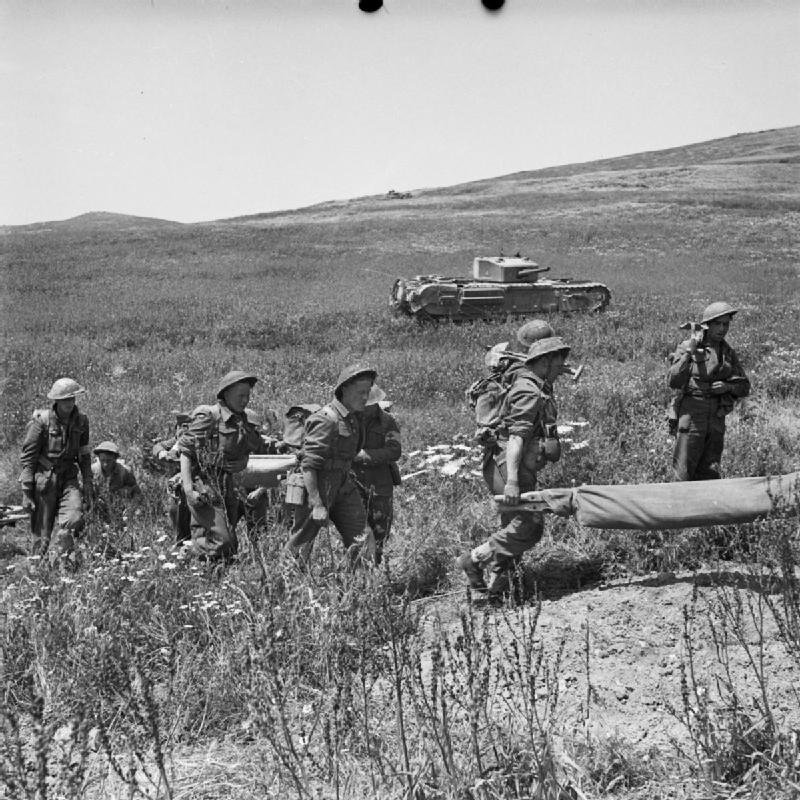
• • •
Missing some Tweet in this thread? You can try to
force a refresh

